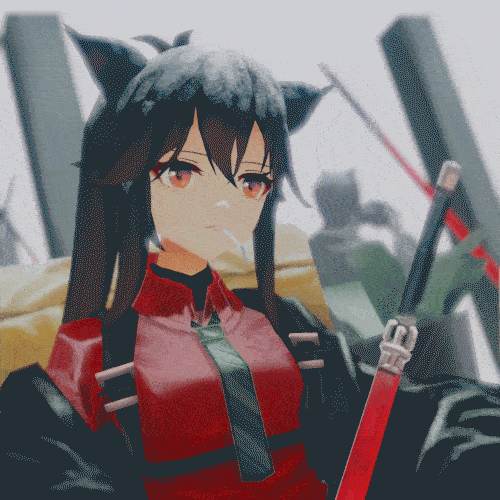GCP Cloud Digital Leader
发表于|更新于|Certification
|字数总计:3|阅读时长:1分钟|阅读量:
目录
- 前言
- 知识点
- 1. Regions and Zones
- 2. Compute
- 3. Managed Services
- 4. Managed Compute Service in GCP
- 5. Storage
- 6. Database Fundamentals
- 7. IAM
- 8. Encryption
- 9. Organizing GCP Resources
- 10. DevOps
- 11. Pub/Sub
- 12. Data Architectures in GCP
- 13. API Management in GCP
- 14. Trust and Security with GCP
- 15. ML in GCP
- 16. Cloud Native
- 17. Cost Management in GCP
- 18. GCP Review






